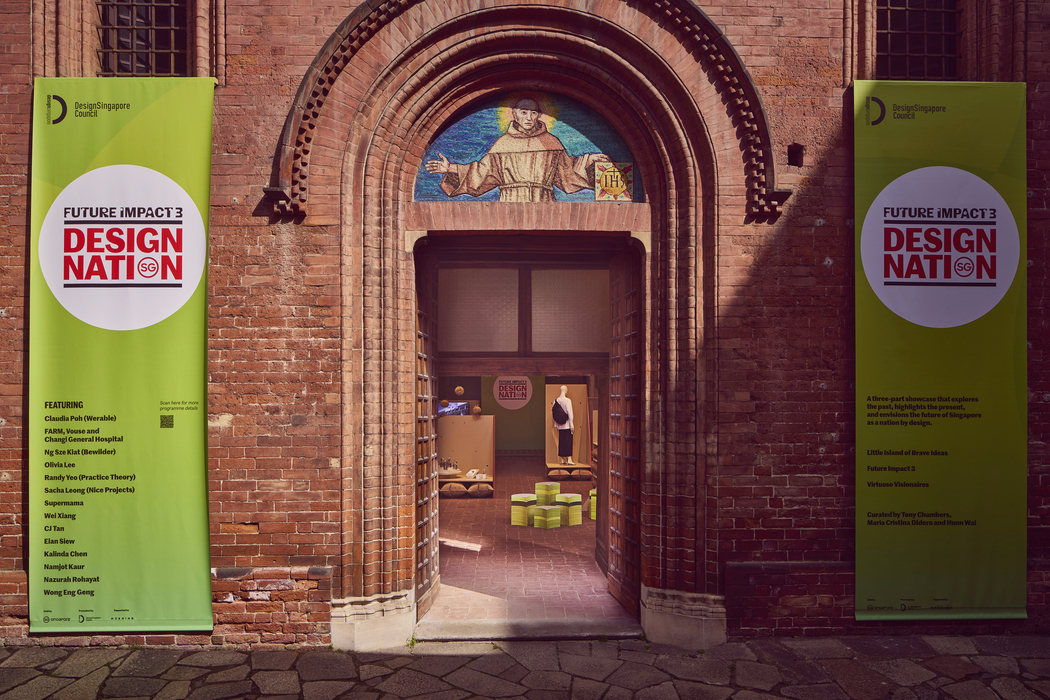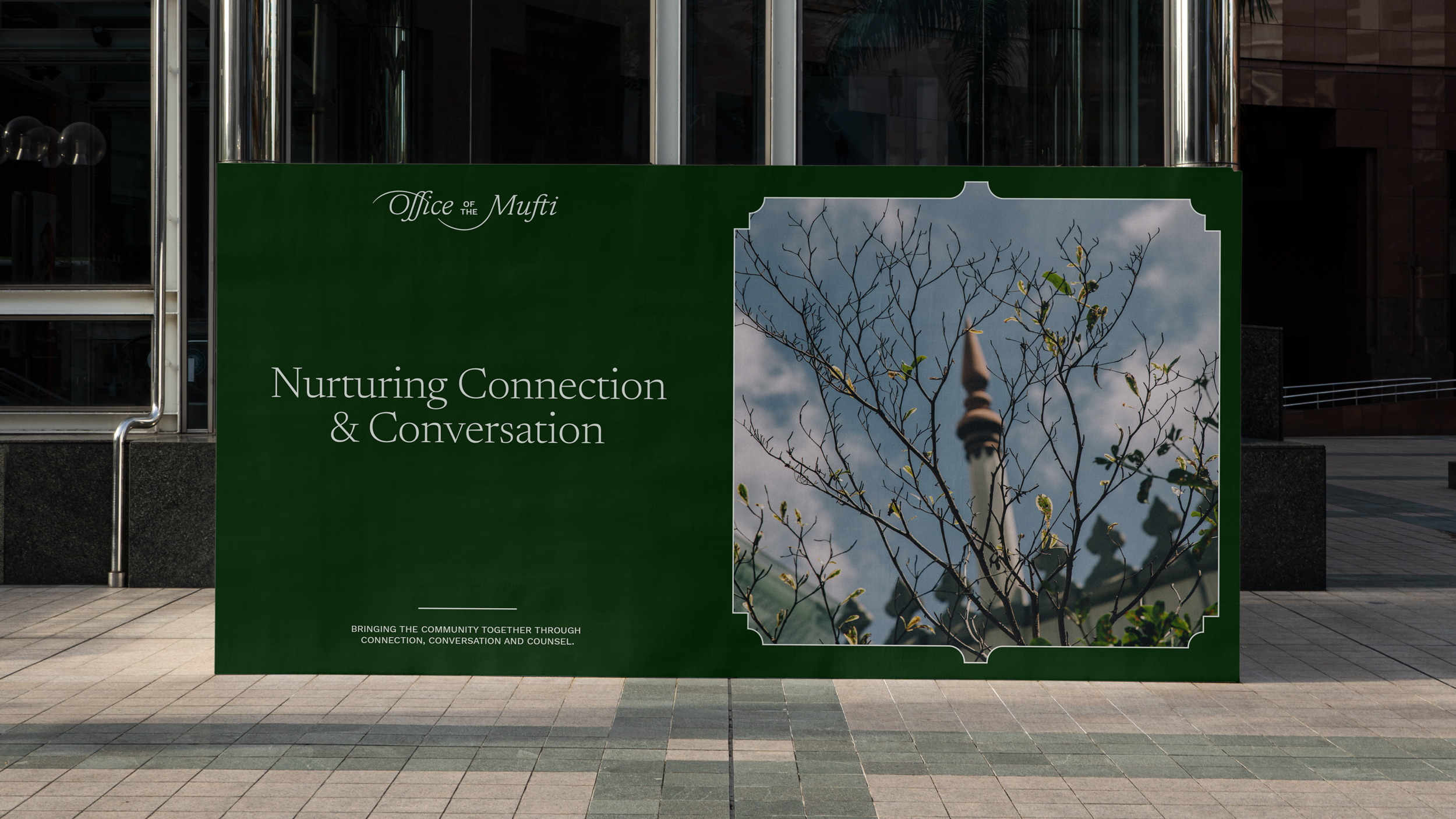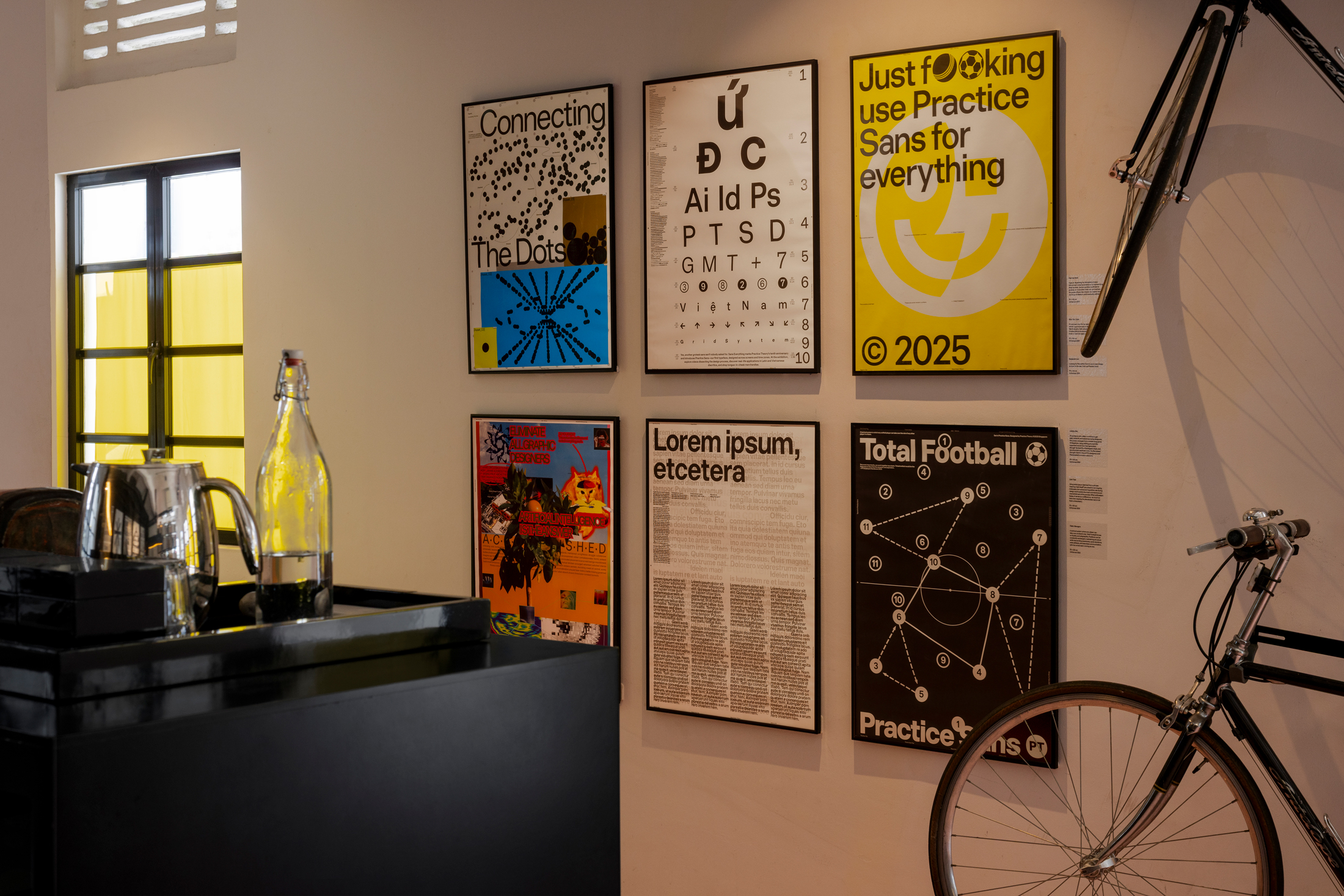When Randy Yeo founded Practice Theory (PT) in 2015, he was 29 years old and idealistic, impatient, and convinced that good design could be both intelligent and beautifully crafted. He didn’t have a grand business plan, just a belief that ideas and execution, when done right, would travel. A decade later, that belief still anchors the studio’s work, even though the ambitions have evolved.

Today, PT operates out of Singapore and Ho Chi Minh City, working at the intersection of branding, strategy, and moving image. The studio helps organisations find and express their voice beyond aesthetics, but through clarity of purpose, story, and identity. “The drive to make work that matters, the kind that feels as good as it looks, remains the same,” says Yeo. “I’m still as idealistic, maybe a little less impatient, but just as convinced that design is one of the most fascinating careers a person like me can have.”
Trained in graphic design, Yeo’s curiosity has always extended beyond form, into how design influences the way people think, behave, and belong. He describes his influences as a mix of late Modernism, street culture, and the eclectic worlds of JDM cars, football, cricket, and ’90s British bands.


With projects spanning Singapore, Vietnam, and Taiwan, PT's work often defies easy classification. “One of the comments we hear most often is that our work feels very international and that you can’t quite tell where it was created,” reveals Yeo. “We don’t aim to make work that looks ‘Asian’ or ‘global.’ We aim for it to feel fresh, but authentic to the context of each project.”
That authenticity begins with immersion. For a rebranding project in Taiwan, the team spent a week with the client to fully understand their story and surroundings. In Vietnam, local insights shape the creative approach from the ground up. Having a team that spans two cities and multiple nationalities naturally brings different cultural and visual perspectives, allowing the studio’s work to resonate both locally and globally. “When an idea is clear and crafted with intent, it lands.”
(Related: Liu Tingzhi's WASTD Studio reimagines waste as design)
- PAST MEETS FUTURE
- PRINCIPLES IN PRACTICE
- THE NEXT DECADE
Past Meets Future
Among PT’s standout projects in recent years are the rebrandings of BP de Silva Holdings and the Office of the Mufti. Both required a delicate balance between reverence and reinvention – an approach that has become something of a signature for the studio.
“For us, heritage is a foundation and a springboard, not a constraint,” Yeo explains. “And by staying true to our design influences and references, that collision, plus a bit of stubbornness, is what makes our work interesting."

In BP de Silva’s case, the studio’s modern identity captured a family legacy spanning 150 years while signalling a new chapter under fifth-generation leadership. For the Office of the Mufti, PT distilled the institution’s core message for a younger audience while honouring its faith and authority. “We didn’t change the message, but gave clarity to what they wanted to say, and expressed it in a way that made sense in 2025,” says Yeo. “In both cases, the key was restraint: Knowing what to keep, what to let go, and how to make the past feel alive in the present.”
- PAST MEETS FUTURE
- PRINCIPLES IN PRACTICE
- THE NEXT DECADE
Principles in Practice
If there’s a unifying thread in PT’s work, it lies in three principles: Bold ideas, elegant thinking, and rigorous craft. “Bold ideas challenge the brief. Elegant thinking is about simplicity and clarity. Rigorous craft is care – for detail, design, and the integrity of the work itself. The inordinate amount of attention we pay to the hours of invisible work that make things feel effortless is what sets us apart.”
For Yeo, simplicity remains the most difficult and most powerful pursuit. “As Johan Cruyff says, simple is the most difficult. And often, the most powerful.”
Despite international recognition, Yeo has maintained a remarkably low profile. “I’ve always believed the work should do the talking,” he says. “Our industry can have a lot of chatter, but real impact comes from consistency. Doing good work every time, with the same care and intent as if it were our first project back in 2015.”
That said, leadership has evolved to require visibility of a different kind. As PT has grown, Yeo’s role has shifted from designing things to designing conditions. “These days, my job is less about kerning type and more about being an editor,” he says. “I edit for clarity, coherence, and that extra push in both concept and craft.”
- PAST MEETS FUTURE
- PRINCIPLES IN PRACTICE
- THE NEXT DECADE
The Next Decade
PT recently marked its tenth anniversary with Sans Everything at Singapore Design Week 2025, where it became the first Singaporean studio to design and launch its own typeface. “I thought that was a fitting way to end a decade of PT, to quite literally put our own voice into the world,” says Yeo.
Looking ahead, he envisions a future of “restrained scale” – not growth for the sake of size, but for impact. The goal is to work with organisations shaping the region’s future in sustainability, technology, and culture, and help them do so with clarity and conviction.
“What keeps me motivated is the belief that design can be a genuine driver of change. That a well-crafted identity, system, or story can shift how people see themselves, and what they’re capable of.”

















 Back
Back
